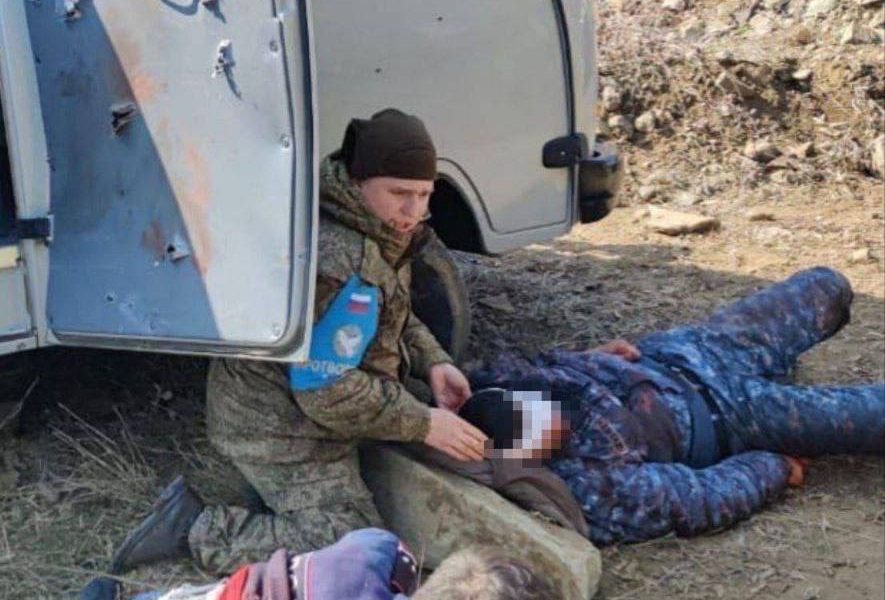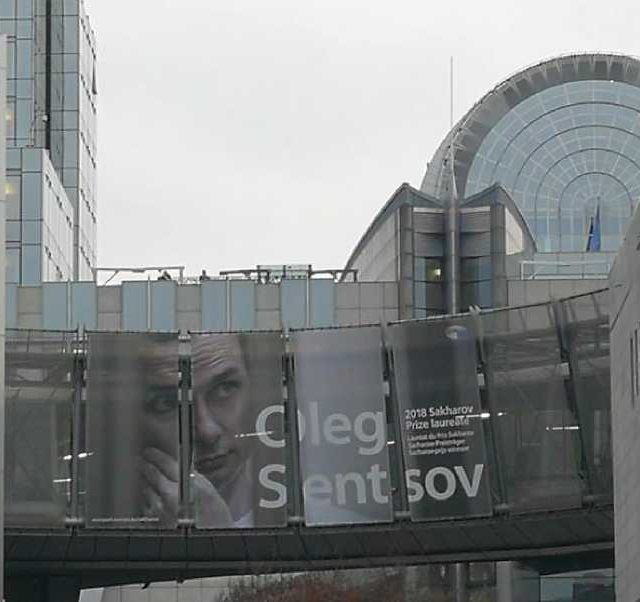At the beginning of the year, a number of experts in leading publications such as The Hill, Washington Times and Politico predicted that Russia was trying to create a new area of instability in the South Caucasus, using the “Crimean model” that had already been tested in Ukraine. The region, which itself has plenty of energy resources, can also serve as a transit route for energy supplies from Central Asia to the West bypassing Russia. Now these predictions are coming true, and blood has already been spilled.
The first attempt to create instability in the region was made by Russia through Reuven Vardanyan. In November 2022, Vardanyan, an Armenian businessman with close links to the Kremlin, was appointed head of the new administration in the separatist enclave on Azerbaijani territory Karabakh region, which has a resident Armenian population.
This territory, which the Armenians call “Artsakh,” has seen the Azerbaijani population driven out through ethnic cleansing, and is currently guarded by the Russian army, which Moscow calls a “peacekeeping contingent.” Vardanyan was also reportedly groomed by Moscow to succeed Armenia’s prime minister, Nikol Pashinyan, who came to power in a peaceful revolution.
As reported by The Hill, to legitimise “Artsakh” separation from Azerbaijan, Vardanyan’s administration has released forged data on the composition of its population, a tactic that Moscow has used to justify the illegal annexation of Ukrainian territories. The Kremlin’s protégé exaggerated the size of the enclave’s population threefold, claiming that Armenian numbers exceed 120,000, although all recent estimates place the figure at about 40,000. Vardanyan also started stirring ethnic animosities by claiming that protests by Azerbaijani environmental activists threaten over 120,000 Armenians with a “humanitarian crisis”.
After it became clear that the West had figured out Putin’s plans, Vardanyan was fired from his post. A few weeks after his dismissal, however, it became clear that the provocations would continue.
Russian “peacekeepers,” who are supposed to ensure peace and order on the Lachin road leading to the separatist enclave in Karabakh, essentially prevent Azerbaijan from exercising full control over its own territory.
But on March 5, the Azerbaijani military stopped a car with Armenian licence plates on the Lachin road bypass for inspection. The occupants of the car started shooting, as a result of the shoot-out that ensued five people were killed: three Armenian policemen from the self-proclaimed separatist enclave, who were in the car, and two Azerbaijani servicemen.

Russian “peacekeepers,” who arrived on the scene surprisingly quickly, provided aid to the wounded. The Armenian side published an extremely clumsily edited photo of the inside of the car – the picture shows that the weapons in the car are plastered over.
Examining the essential details more closely: a vehicle with Armenian licence plates, carrying a cargo of weapons for the self-proclaimed enclave, moved along the Lachin road, which is also under the control of Russian “peacekeepers,” through the territory of Azerbaijan. The Lachin road has been declared the only route linking Artsakh with Armenia, and it is under the control of Russian peacekeepers. According to statements by numerous Armenian political and public figures, Azerbaijan has been blocking the Lachin road for months, leaving 120,000 Karabakh Armenians without the most basic necessities, including food and heating.
It follows on from an incident on 5th March which demonstrates that the “peacekeepers” either do not control the road, allowing absolutely anything to pass through it, or that they in fact actively assist in smuggling weapons to the separatists. In the first case, the obvious question arises: why do we need the presence of “peacekeepers” if they do not fulfil their direct duties?
Why do they not bring food and medicine from Armenia to Artsakh that are allegedly desperately needed by the “blockaded and starving” enclave, but instead bring weapons? In the second case, one more vital question arises: isn’t it time to remove the “peacekeeping contingent” from the region?
Unfortunately, it seems likely that the smuggling incident will not be the last. With Moscow’s desire to create instability in the region which could easily become an alternative energy supply to the West, it can be expected that escalation is likely to continue to increase.




